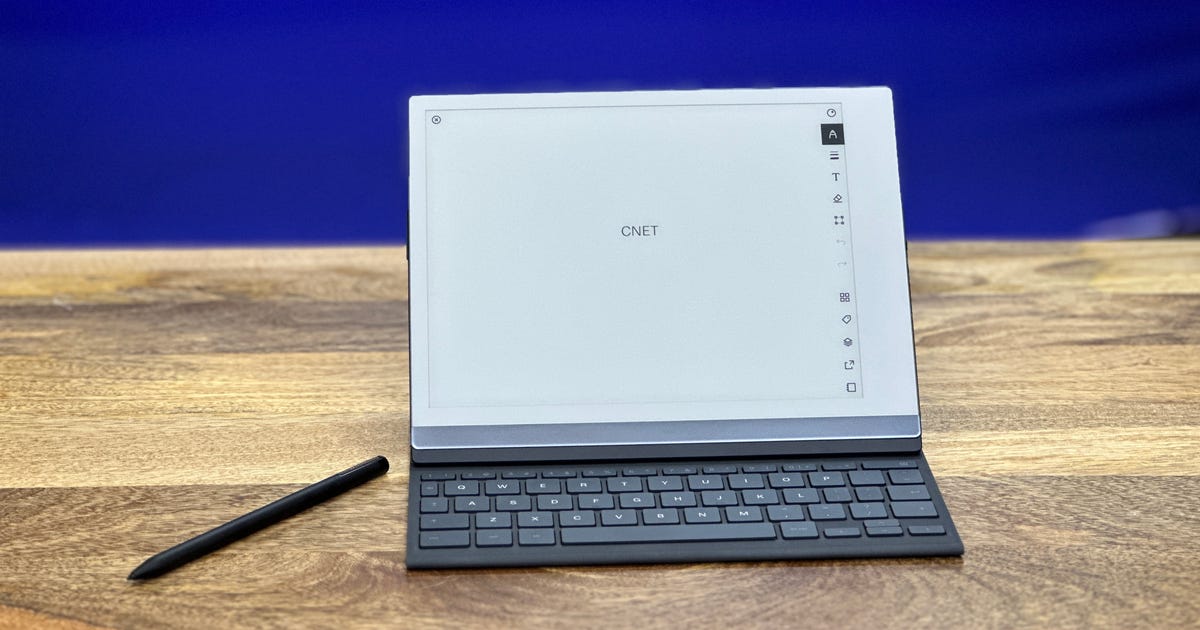Eye-tracking might be the next great wave in virtual reality tech. If you’re dead-set on being an early adopter, intriguing startup Fove has finally made their worlds-first eye-tracking headset, the Fove 0, available for preorders starting today.
Fove 0 promises eye-based controls for focusing on objects, controlling interfaces via eye movements and selectively rendering details more intricately depending on where you’re looking (foveated rendering).
The headset runs on Windows 8.1 PCs with Nvidia GeForce GTX 970 / AMD Radeon R9 290 graphics or greater.
For the first week, the headset is $549. Then it goes up 50 bucks to $599. But your headset won’t arrive until next year, so be patient. Meanwhile, those who backed Fove via Kickstarter will get theirs by “end of 2016.”
The Fove 0 specs otherwise sound much like those of other top-end headsets: 2560×1440 resolution split between two eyes, and a 90- to 100-degree field of view, plus a 120 frames per second infrared eye-tracking system. Fove does positional tracking, like the Oculus Rift and HTC Vive. But it’s unclear what apps or games will work with Fove 0. Via Valve OVR, at least 250 Steam VR games will work with the Fove 0 headset, according to Fove, but it’s unclear whether any of those will make use of the Fove 0’s unique eye tracking. The headset will also ship with a few optimized demo apps. One launch game built for Fove is Project Falcon, developed by Rewind.
CNET got a peek at Fove a while ago (see the video below, from early 2015), but we haven’t seen the recent hardware. Stay tuned for our impressions. But eye-tracking should be an innovation that creeps into other VR hardware soon. Eyefluence, another eye-tracking technology company, was recently acquired by Google. Oculus has announced plans for eye-tracking, too.


Now playing:
Watch this:
Fove VR tracks your eyes as well as your head
1:25








